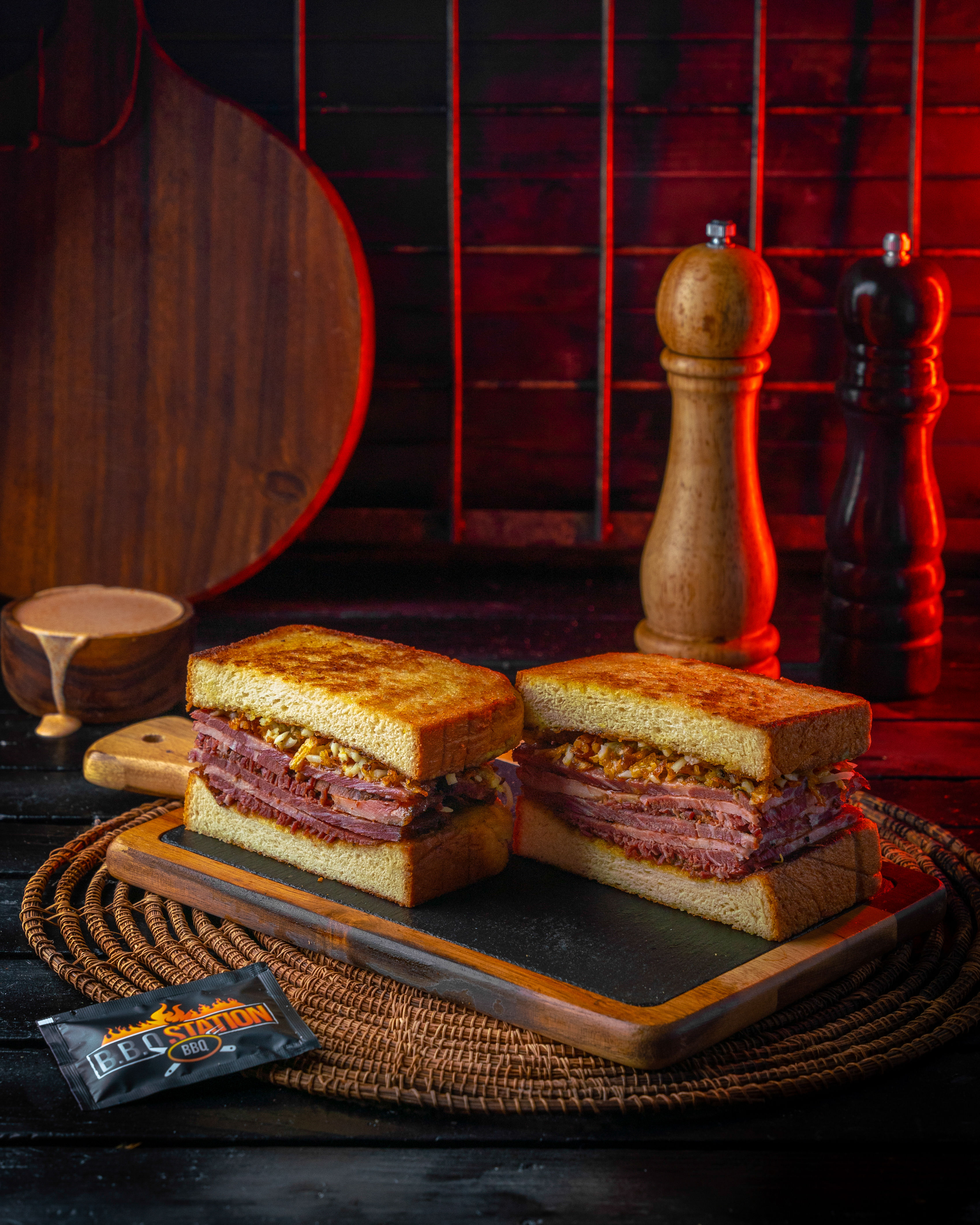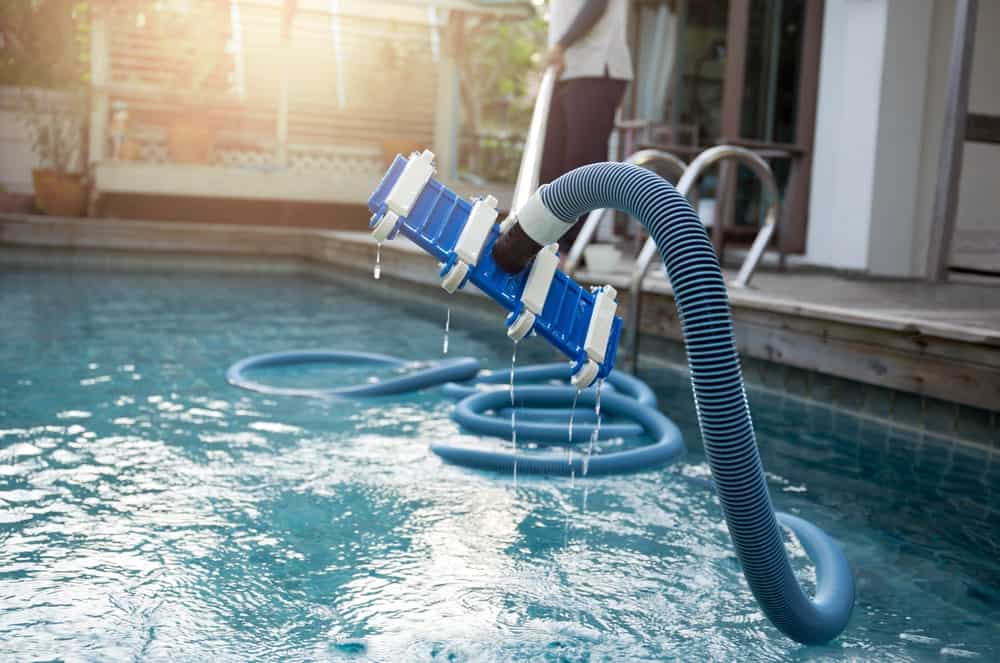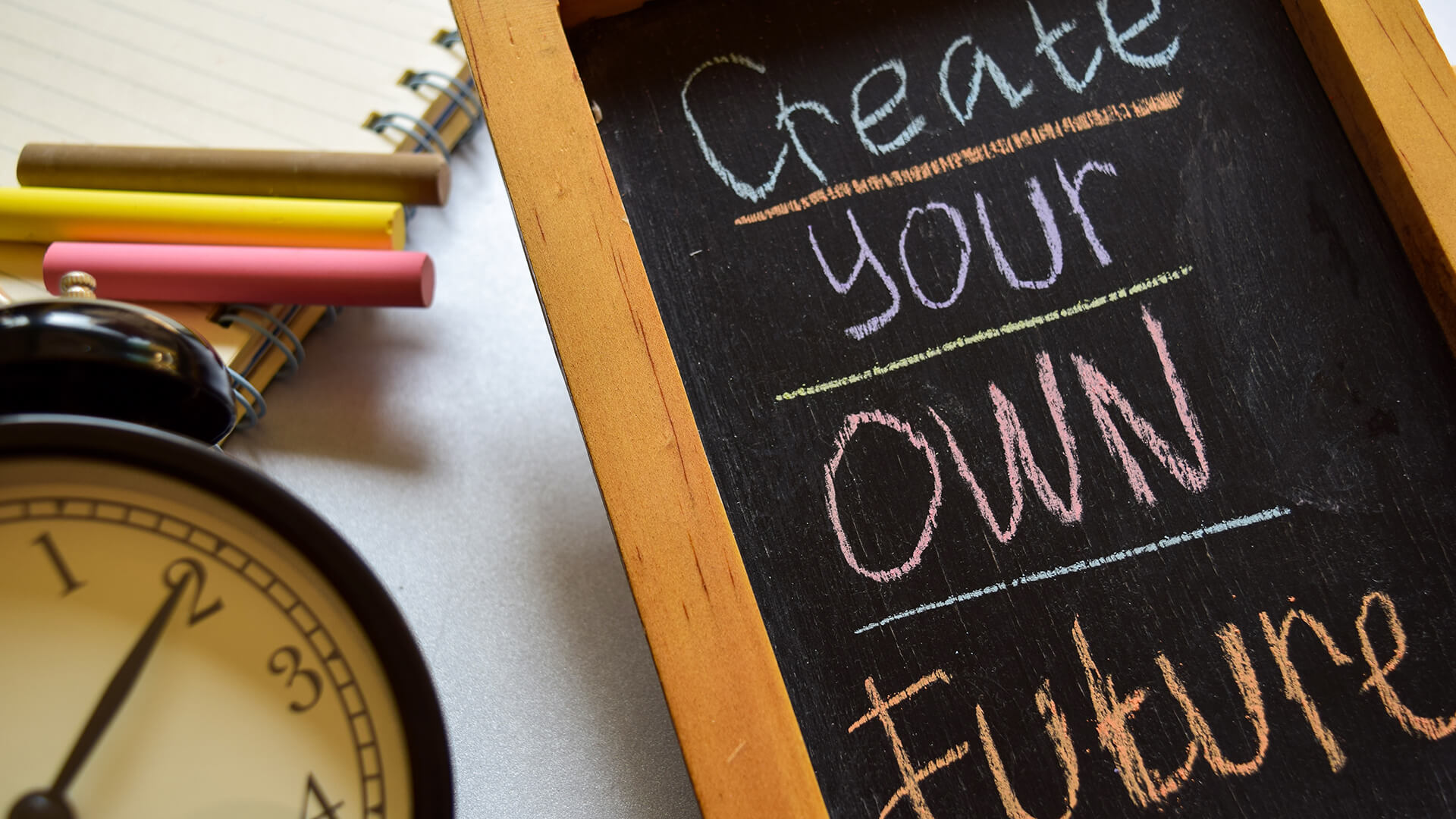A professional food photographer relies on the right tools to create stunning, mouthwatering images. While creativity and technique are essential, the equipment a professional food photographer uses can make a significant difference in the outcome of the shots.
From cameras to lighting gear, having the right tools in your kit can help you achieve the best results. If you’re capturing food for a restaurant menu or a blog post, investing in the appropriate tools is necessary.
A quality camera:
The foundation of food photography is a good camera. While smartphone cameras have come a long way, a DSLR or mirrorless camera provides more flexibility, superior image quality, and manual control over settings. Look for a camera with a high resolution and the ability to shoot in RAW format for maximum editing flexibility. A quality camera allows you to capture every detail, from the glossy finish on a dessert to the textures of fresh vegetables.
Lenses for the perfect shot:
Lenses play a key role in determining the perspective and depth of field in your images. A standard 50mm lens is great for capturing food with a natural look and is perfect for overhead shots. However, a macro lens is ideal for getting close-up, detailed shots of textures like drizzle, garnishes, or the smooth surface of a dish. Having a variety of lenses at your disposal allows you to experiment with different looks and find the one that suits your style best.
Tripod for stability:
A tripod is essential for stabilising your camera, especially in low-light conditions or when shooting at slower shutter speeds. It also helps maintain consistency when shooting multiple images for a series. A tripod ensures that your images are sharp and well-composed, preventing any blur caused by shaky hands. It’s particularly useful when capturing overhead or flat-lay shots, as it allows you to position your camera at the perfect angle.
Lighting equipment:
Proper lighting is important in food photography. While natural light is often preferred, it can be unpredictable. For more control over your shots, consider investing in lighting equipment like softboxes, ring lights, or LED panels. These tools allow you to replicate the effects of natural light, making your food appear more appetising. A diffuser can help soften harsh light, ensuring it’s flattering on your dish and reducing unwanted shadows.



